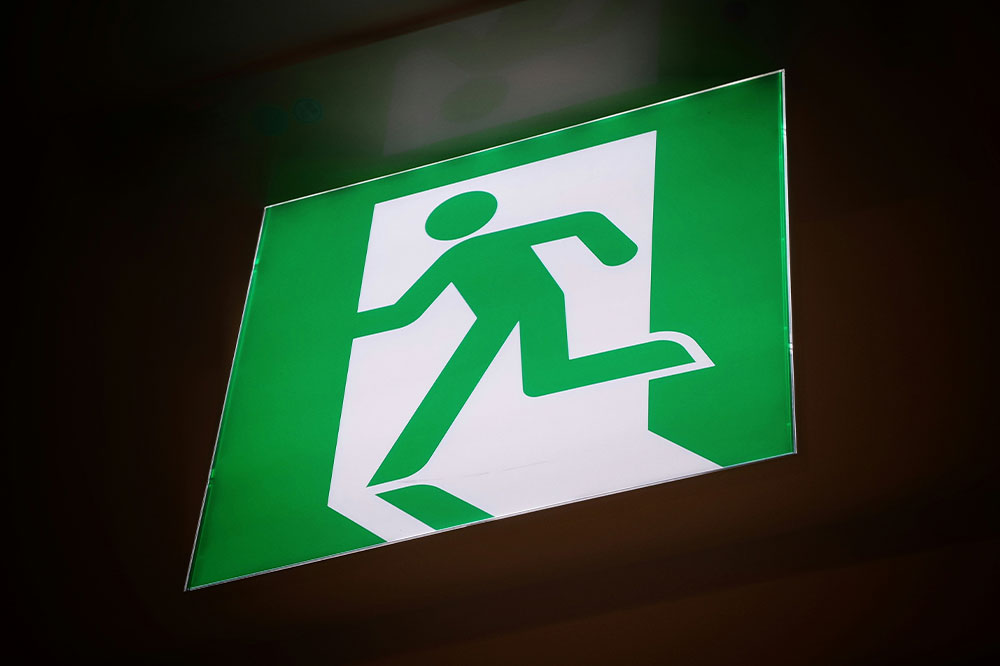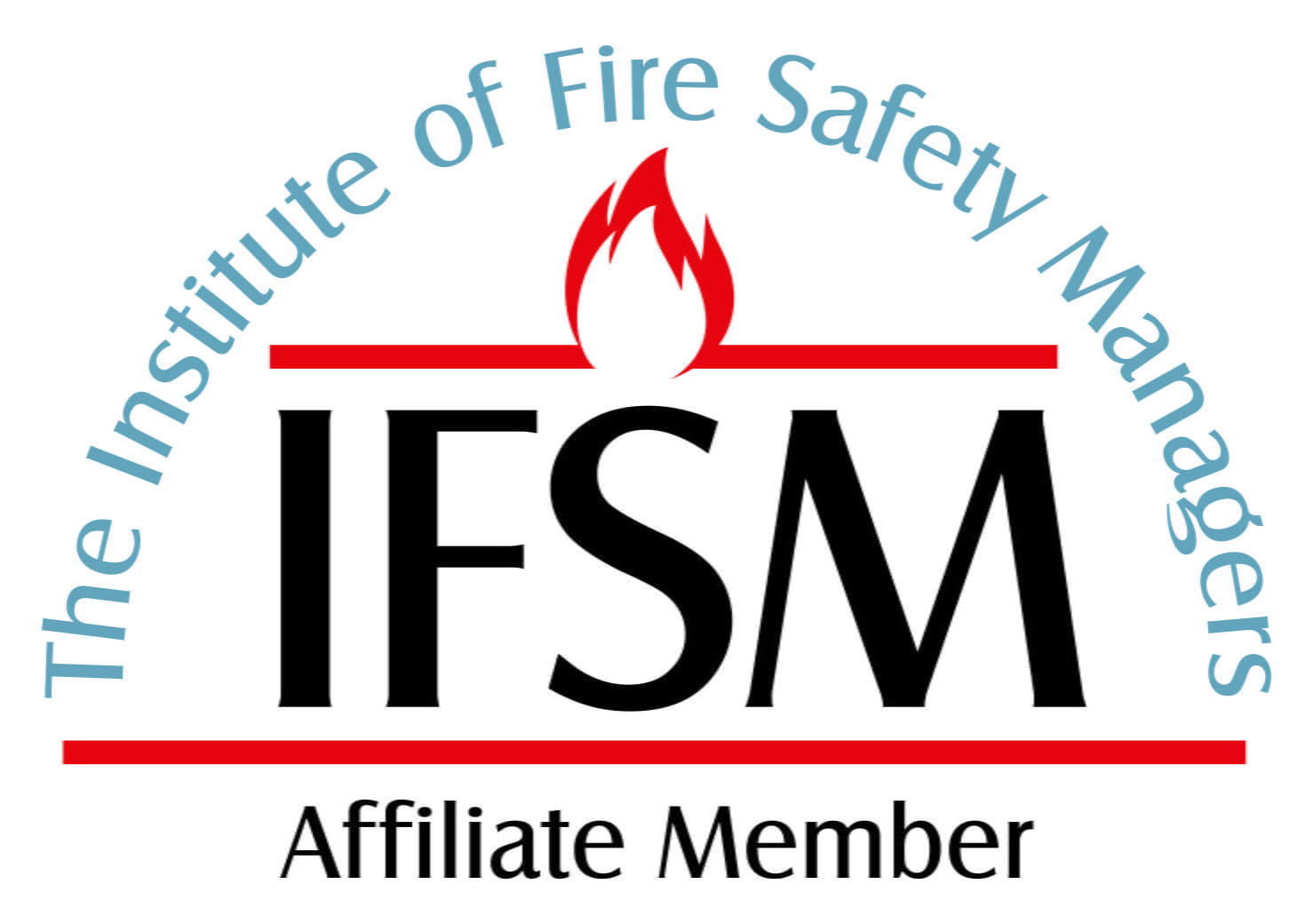What Is a Fire Risk Assessment?
Firstly, Fire Risk Assessments are required in all businesses by The Regulatory Reform (Fire Safety) Order 2005 (FSO). The FSO mandates that the employer or owner, known as the ‘responsible person’, must ensure they suitably assess the fire risks, effectively manage those risks and keep accurate records of this by way of a fire risk assessment and other fire safety-related documentation. A fire risk assessment involves the identification of fire hazards, evaluating the potential risks to people, and the necessary steps to eliminate or mitigate the risk of fire.
What does a fire risk assessment in an office or shop involve?
Here are the key areas a fire risk assessment will cover in an office or shop environment.
- Identifying Fire Hazards – Such as computers or cleaning products, stock or stored items.
- Assessing the Risks to People – For example, customers or disabled employees.
- Evaluating Existing Fire Safety Measures – This may include the fire alarm system and emergency lighting.
- Reviewing Management of Fire Safety Measures – such as fire safety policies and maintenance logs.
- Reviewing Evacuation Procedures, for example are they suitable, do they take into account any vulnerable people likely to be present.
- Reviewing Fire safety training and drills – Checking training is adequate for the risks present.
The importance of sufficient staff training
The implementation of robust staff training and drills is vital, ensuring staff are well-equipped with knowledge of what to do in a fire and how to reduce or manage fire risks within the workplace. Staff fire safety training should be provided when they are first employed and then annually thereafter via refresher training. Staff may also need specific training for any additional or specific areas they are responsible for, such as fire warden training or training on how to carry out general checks on the building and fire safety equipment or devices.
Below are some key aspects of fire safety training in the workplace:
- They should be aware of the nearest routes and exits they need to follow to get out of the building.
- They should be aware of the location of the assembly point.
- They should be aware of any fire equipment they may need to use, like how to activate the fire alarm.
- If staff are expected to tackle fires, they should be trained on how to use a fire extinguisher.
- Fire wardens should receive more in depth training on how to manage evacuations. this is key to ensuring they can carry out their role effectively.
- Fire drills should be conducted regularly, this is so all staff can practice evacuations. The drills should be recorded in detail and staff debriefed after the drill on what went well and what needs improving.
- Fire safetytraining should be ongoing, and reviewed regularly so that everyone knows what to do in an emergency, as well as keeping the workplace in compliance with safety fire regulations.
Disabled Employees or Customers
Some employees or customers may have disabilities which make evacuating difficult, this may mean that additional measures are agreed if they need assistance with evacuation in some form. Business owners have a duty of care to ensure all disabled persons present can also effectively escape. Two key areas are PEEPs and refugee points.
What is a PEEPs?
A PEEPs is a Person Emergency Evacuation Plan, if you have any employees with disabilities you should arrange for a PEEPs assessment to ensure that they are adequately assisted. PEEPs plans are person specific; this means it will likely vary by each person. Some disabled employees may only need a helping hand by a buddy system with evacuation, for example if they are blind, to help guide them safely out of the building. Other disabled employees may need more significant help with evacuation chairs or evacuation aids. The key is to develop the PEEP with the individual, engaging with them to understand their disability and how they would like to be helped.
What is a Refuge Point?
Refuge points are a place within a business where a disabled person can safely wait before evacuating a building. The refuge point will usually be in a place known as a “relative place of safety” which is usually within a stairway or hallway that is protected against smoke or fire from the rest of the building.
If the employee or customer is expected to use a refuge without another person being present, then a communication system should also be installed so the person waiting can call for help and alert others that they are at the refuge point.
Although the person should be safe to wait for evacuation at a refuge point, for the routes to be clear or for additional help to arrive, they should not be left in the building for the Fire & Rescue Service to rescue them. It is the “responsible persons” responsibility to ensure there are effective and robust arrangements for all people, including those with disabilities, to evacuate. Additional training for staff will likely be necessary.
Conclusion
Fire risk assessments are crucial for managing fire risks in offices and shops, identifying risks, planning for emergencies and training staff are all key components to fire safety in the workplace. A comprehensive fire risk assessment should consider all those present, including staff or customers with disabilities.
Our fire risk assessors understand the complexities present within the work environment, whether it’s a small shop or large multi-storey office block. All our assessors are third party accredited with in-depth knowledge of fire safety law and relevant benchmark guidance.
If you would like help with a fire risk assessment in your office or shop, contact Fire Safety & Compliance Ltd. today for a free quote.

Liam is our founder and Managing Director, bringing nearly a decade of experience in fire safety regulation and compliance across both the public and private sectors.
He holds a Level 4 Diploma in Fire Safety, earned during his time as an Inspecting Officer with his local Fire & Rescue Service. With a strong background in fire strategy development and fire risk assessment, Liam is dedicated to delivering expert guidance that improves building safety.







